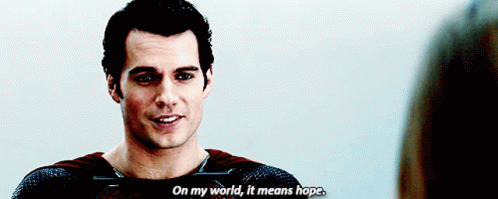I was talking about doing a different, alternate version that was based on the '66 series.]Batman '66 has been on MeTV pretty consistently for years now, while quote a few other shows have come and gone from their lineup, so obviously it must be doing pretty well for them.
You are forgetting that MeTV is a vintage TV-themed cable channel; its business model is to run programs and create spots & interstitial content catering to older generations and
their TV interests. That is a niche market for a nice audience, and while there will always be some members of younger generations who discover programming over a half century old, its not a common occurrence.
Batman is there--primarily catering to generations (e.g., Baby Boomers & Generation X above anyone else) who are not the target audience for superhero movies, and their
size dwindles over the course of time. That a 56-year old TV series is constantly run on a vintage TV-themed cable channel is no evidence or indicator that it has a broader appeal.
Not to mention that even now, this day it's not uncommon to see a "holy___" reference any time Batman is brought up, even in mainstream media, so it has obviously been a pretty big influence on a lot of people.
A catchphrase does not mean direct influence. Language is filled with cultural or pop cultural references that have long lost an association with its source, but to be clear, the use of "holy" as a common, quasi-swear, or declarative statement predates its use on
Batman.
I've always under the impression that all of the issues with those laid entirely at the feet of the people who made them, and had nothing to do with them taking any kind of inspiration from Batman '66.
Incorrect. It has been said Hanna-Barbera's
Legends of the Superheroes was an adaptation of their
Super Friends cartoons, but that's ignoring a few, major things: bringing back West and Ward--i
n their 60s costumes, using the same characterizations and the Barris Batmobile, along with Gorshin as the Riddler. West, Ward and Gorshin were not the visual models of the
Super-Friends' versions of Batman, Robin or the Riddler at the time
Legends was created. Further, the H-B specials were played up more as a joke--much like the campy, satirical tone of the Dozier series, so it is rather undeniable that the Dozier series was a direct inspiration for
Legends of the Superheroes.
The Schumacher films--from the overdose of primary colors, Carrey mainlining Gorshin for his version of the Riddler, Schwarzenegger--with his Mister Freeze's laughable schemes & firing off bad puns which was a hallmark of the Otto Preminger interpretation (and Wallach to a lesser degree) of the character on the Dozier series. If that was not enough, there was silly Bat-gadgets popping up, including Bat-ice skates, Bat-credit cards and a boatload of other elements which defined the Schumacher Bat-movies--and the only precedent for that kind of ridiculousness in a Batman adaptation was the Dozier series.



